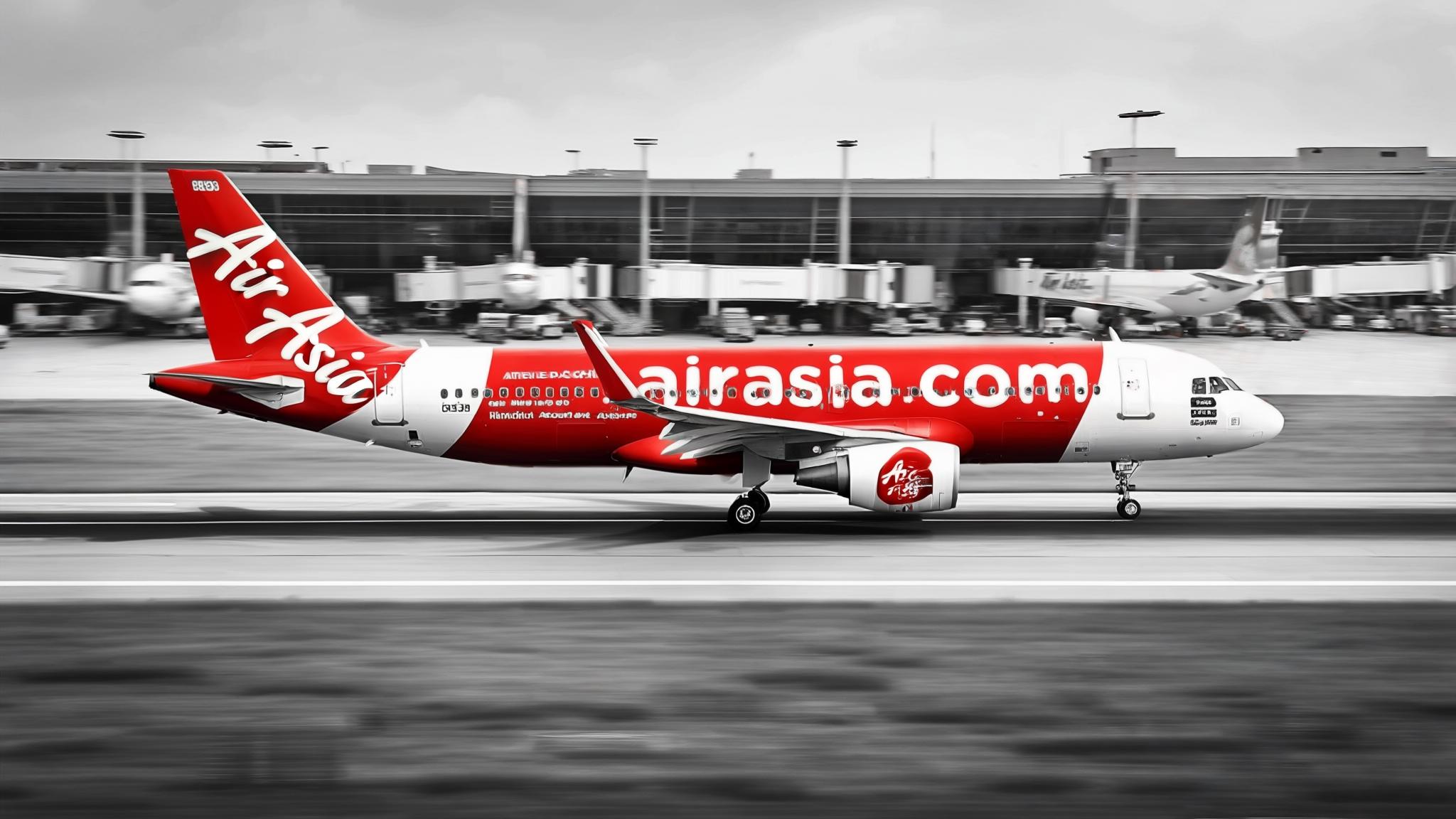Look, AirAsia didn’t just stumble into success. When Tony Fernandes bought the company for one Malaysian ringgit (plus debts) in 2001, he wasn’t making a crazy bet – he saw something everyone else missed. Southeast Asia was full of people who wanted to fly but couldn’t afford the ridiculous prices traditional airlines were charging.
Today, AirAsia connects domestic and international flights to more than 165 destinations within 25 countries. What started as a failing airline has become a comprehensive digital empire that fundamentally changed how people think about air travel in Southeast Asia.
I’ve always been fascinated by how they figured this out. While other airlines were focused on business travelers and premium services, AirAsia looked at the massive middle class emerging across Southeast Asia and thought, “What if we made flying as cheap as taking a bus?”
The genius wasn’t in cutting corners – it was in cutting the right things. They kept safety standards high (non-negotiable) but ditched free meals, assigned seating, and those tiny packets of peanuts that nobody really cared about anyway.
Business Model Revolution: From Zero to Aviation Giant
Their market research was pretty brilliant when you think about it. Instead of just looking at who was already flying, they studied who wasn’t flying and why. Turns out, millions of people were taking 12-hour bus rides or overnight trains because flights cost three times their monthly salary.
AirAsia mapped out every route in Southeast Asia and found something interesting – traditional carriers were basically ignoring secondary cities and charging premium prices for routes that could be profitable at much lower fares. That’s where they saw their opening.
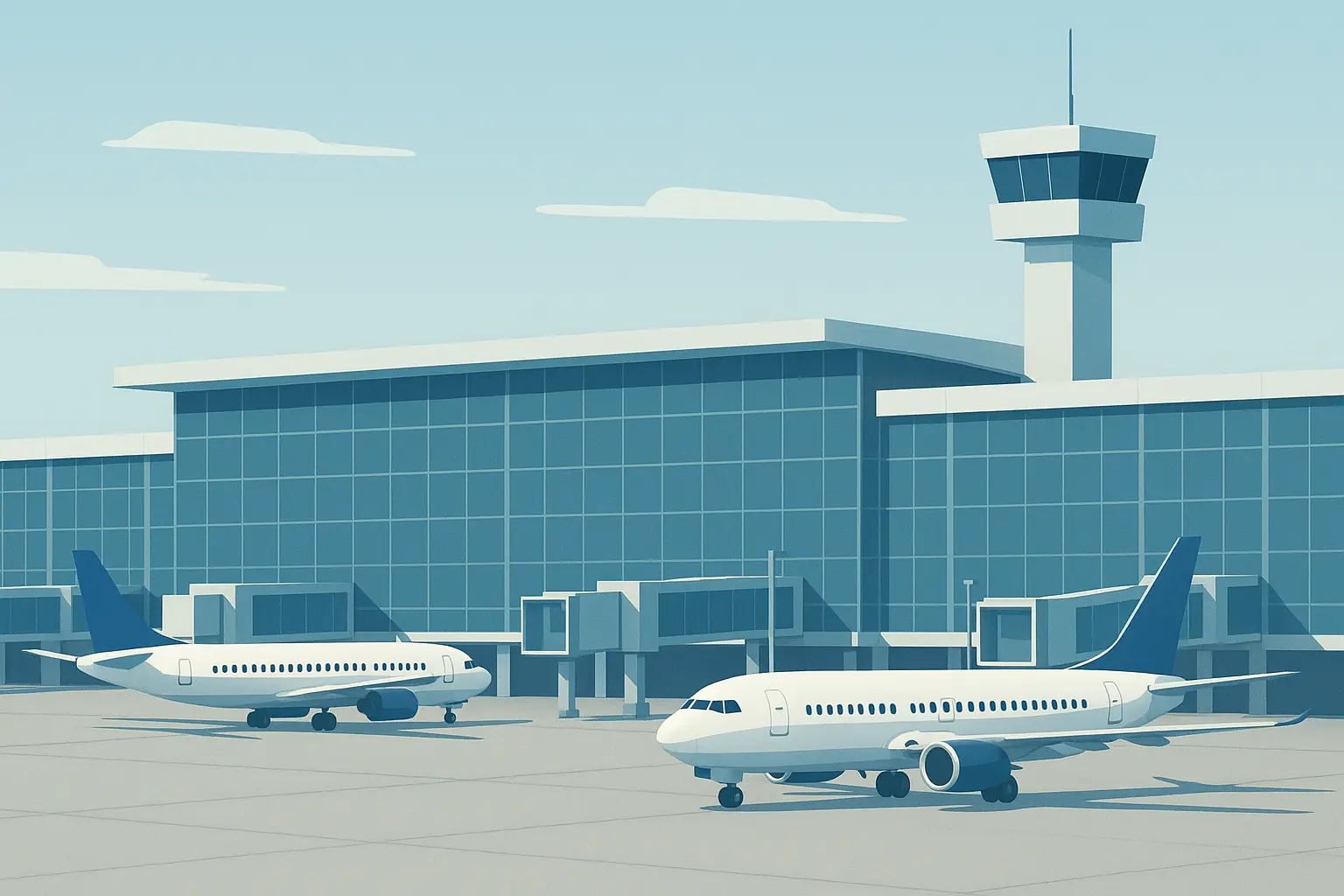
Here’s what really impressed me about their approach: they didn’t try to compete head-to-head with Malaysia Airlines or Singapore Airlines. Instead, they created their own category. They became the premium option for budget travelers rather than the budget option for premium travelers.
How They Actually Did Market Analysis
AirAsia’s comprehensive market analysis methodology mirrors the approaches detailed in our market sizing guide for business opportunities, demonstrating how systematic market research can uncover significant growth potential that competitors overlook.
What blew me away about AirAsia was how deep they dug into their research. They didn’t just look at passenger numbers – they analyzed route profitability, competitor pricing strategies, and customer behavior patterns. This data-driven foundation gave them confidence to enter markets where others saw only risk.
They looked at everything: seasonal travel patterns, how much people were willing to pay for different routes, what services travelers actually valued versus what airlines thought they wanted, and where existing carriers were leaving money on the table.
Instead of the traditional hub-and-spoke model that forced everyone through major airports, they focused on point-to-point connections. This meant they could serve routes that big airlines ignored and use secondary airports where landing fees were cheaper.
The Fleet Decision That Changed Everything
One decision that seems boring but was actually genius – they bought only Airbus A320s. Every single plane. This wasn’t about getting a bulk discount (though that helped). It was about operational efficiency that their competitors couldn’t match.
The company boasts a fleet of nearly 300 aircrafts, all standardized to maximize operational efficiency and reduce complexity across their network.
Think about it: when you only have one type of plane, pilots can fly anything in your fleet. Mechanics become experts on one aircraft instead of generalists on many. You need fewer spare parts because everything’s standardized. When there’s a mechanical issue, you can swap passengers to any available aircraft without worrying about different seat configurations.
Southwest Airlines proved this model worked in the US with their all-Boeing 737 fleet, achieving 20% lower maintenance costs and 15% faster aircraft turnaround times compared to competitors with mixed fleets. AirAsia took that playbook and ran with it in Asia, getting similar benefits that helped maintain their low-cost structure while ensuring operational reliability.
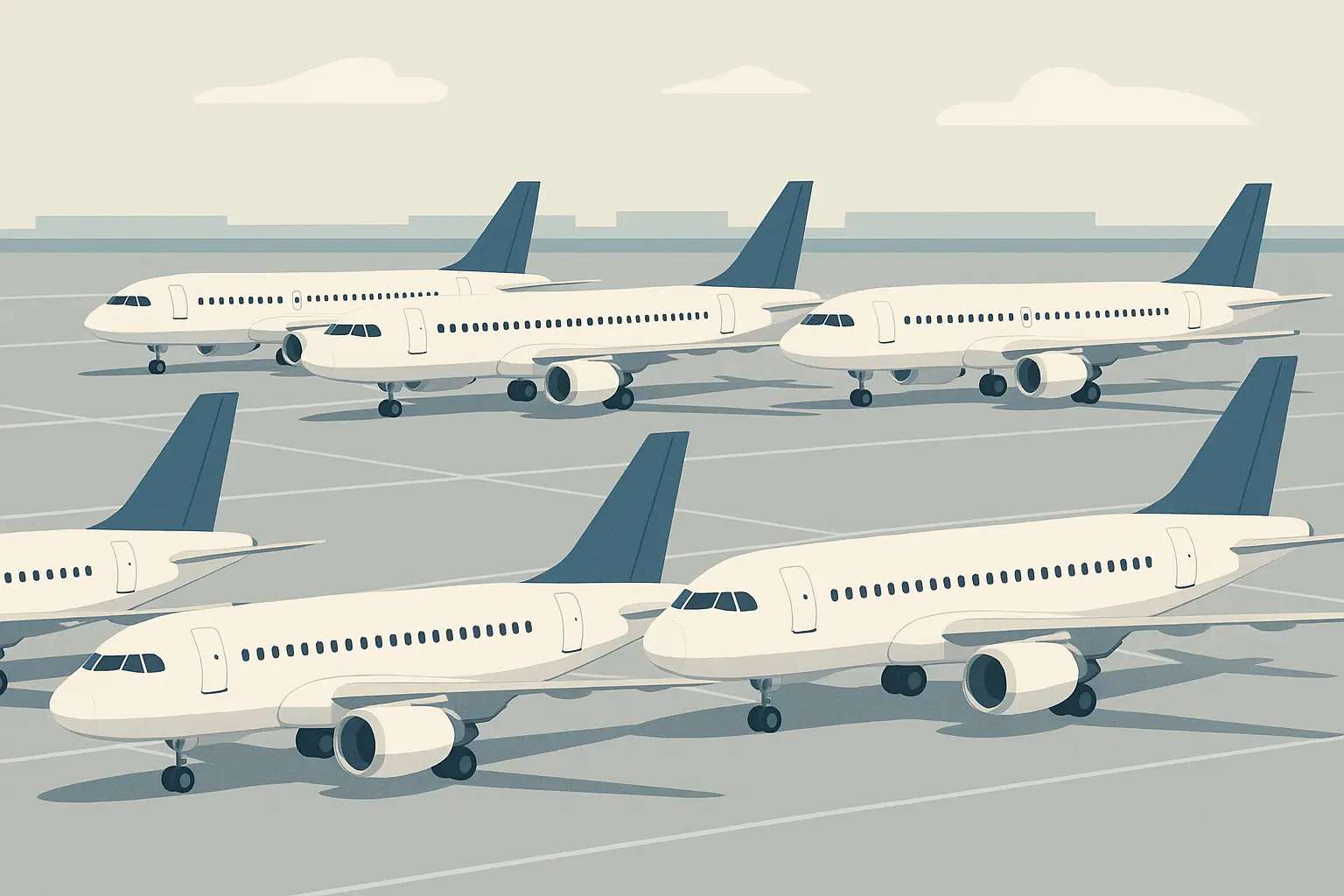
Beyond Just Cheap Flights
What’s really smart is how they turned the airline into a platform for other businesses. Once you’ve got millions of customers who trust you with their travel, why not help them with hotels? Or loans? Or food delivery?
Their approach to calculating and optimizing revenue streams across multiple business units demonstrates sophisticated financial planning similar to methodologies outlined in our comprehensive revenue calculator guide, showing how businesses can systematically track and optimize income from diverse sources.
This wasn’t random diversification – it was strategic. Their customers were already budget-conscious travelers who needed affordable accommodations (hello, Tune Hotels). They were tech-savvy people who might want digital banking services. During COVID, when nobody could fly, they pivoted that logistics network into food delivery almost overnight.
The ancillary revenue piece is where they really showed their business smarts. Instead of just making flights cheaper and cheaper, they let customers customize their experience. Want to bring a big suitcase? Pay for it. Want extra legroom? It’s available. Want priority boarding? Sure, for a fee.
This approach was brilliant because it kept the base fare super low (great for marketing and attracting price-sensitive customers) while letting people who wanted extras pay for them. Everyone wins.
They developed revenue streams that included premium seat selection with extra legroom, priority boarding and fast-track services, in-flight meal and beverage programs, baggage options tailored to different travel needs, travel insurance and protection products, and cargo services leveraging their route network.
Digital Transformation That Changed Everything
Here’s where AirAsia really got ahead of the curve – they understood that Southeast Asia was going mobile-first way before their competitors did. While other airlines were still thinking about desktop websites, AirAsia was building apps that worked perfectly on smartphones.
This wasn’t just about having a mobile-friendly site. They built their entire customer experience around the fact that most of their customers’ primary internet access was through their phones. The app wasn’t an afterthought – it was the main event.
Why Mobile-First Actually Mattered
I remember traveling through Southeast Asia in the early 2010s and seeing how everyone was doing everything on their phones. Banking, shopping, social media – and booking flights. AirAsia’s app made it incredibly easy to search, book, check in, and manage your trip, all from your phone.
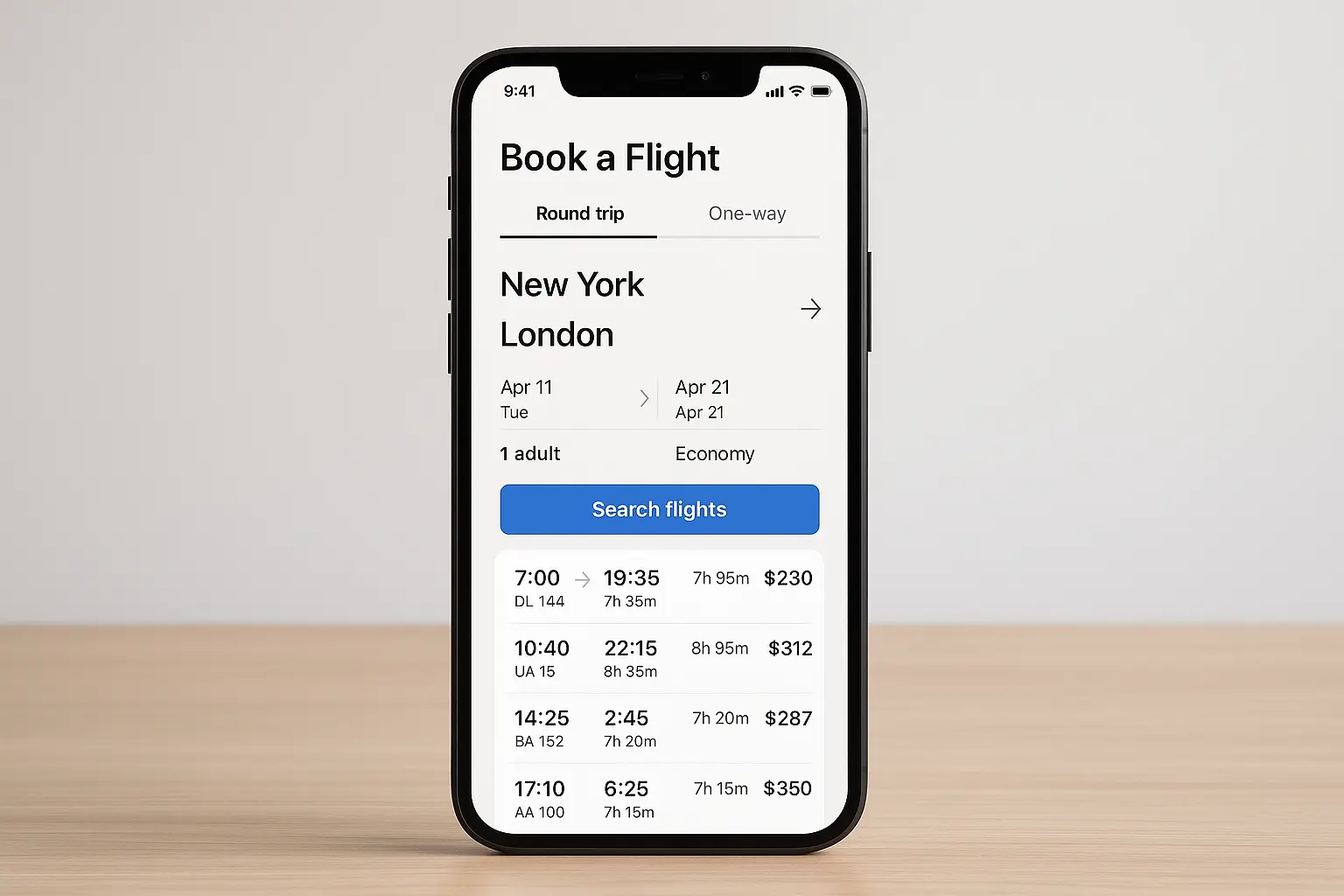
But the real genius was in the data they collected. Every interaction in the app gave them insights into customer behavior. They could see which routes people searched for but didn’t book (price too high?). They could track when people typically booked (last minute vs. planned trips). They used all this data to optimize pricing in real-time.
The advanced analytics systems AirAsia developed for strategic growth mirror the frameworks discussed in our advanced analytics for strategic growth guide, demonstrating how data-driven decision making can transform entire business operations.
Their personalization got scary good. The app would suggest destinations based on your search history, offer deals on routes you’d looked at before, and even recommend hotels and activities at your destination. It felt less like an airline app and more like a travel companion.
The mobile platform enabled quick booking processes optimized for small screens, mobile check-in and boarding pass management, real-time flight updates and notifications, customer service chat and support, and loyalty program management and rewards tracking.
Social Media Done Right
AirAsia’s social media strategy is something every company should study. They didn’t just post flight deals and corporate updates. They created content that people actually wanted to engage with.
AirAsia maintains a strong social media presence with 223K followers on Instagram, 3.2 million followers on Twitter, and 12M likes on Facebook, demonstrating their commitment to multi-platform engagement.
Their Instagram became this mix of travel inspiration, behind-the-scenes content, and genuine customer service. They’d feature employees (the #HumansofAirAsia campaign was brilliant), showcase destinations, and even poke fun at themselves when things went wrong.
What I loved about their approach was how they adapted content for different markets while keeping the brand consistent. The content for their Malaysian audience was different from what they posted for Thai or Indonesian customers, but it all felt authentically AirAsia.
Their #HumansofAirAsia campaign showcases employee stories and behind-the-scenes content, humanizing the brand and building authentic connections. The campaign generates 40% higher engagement rates than traditional promotional posts and has contributed to a 25% increase in employee referral applications, showing how internal storytelling can drive both customer engagement and talent acquisition.
During crises, their social media became a crucial communication channel. Instead of hiding behind corporate PR speak, they used social platforms to provide real-time updates, address concerns directly, and show the human side of how they were handling problems.
Crisis Management: Surviving the Unthinkable
The Flight QZ8501 tragedy in 2014 was AirAsia’s darkest moment, but their response showed what crisis management should look like. Instead of going into damage control mode, they focused on transparency and supporting the families affected.
Tony Fernandes immediately flew to the crisis site, spoke directly to media, and provided regular updates even when they didn’t have complete information. They didn’t try to deflect blame or minimize the situation. They took responsibility and focused on supporting everyone affected.
How They Handled Crisis Communication
During the Flight QZ8501 crisis, their communication approach included immediate acknowledgment and regular updates to families, transparent cooperation with investigation authorities, clear communication to media about known facts, regular updates to investors about operational and financial impacts, and customer communication about safety measures and operational changes.
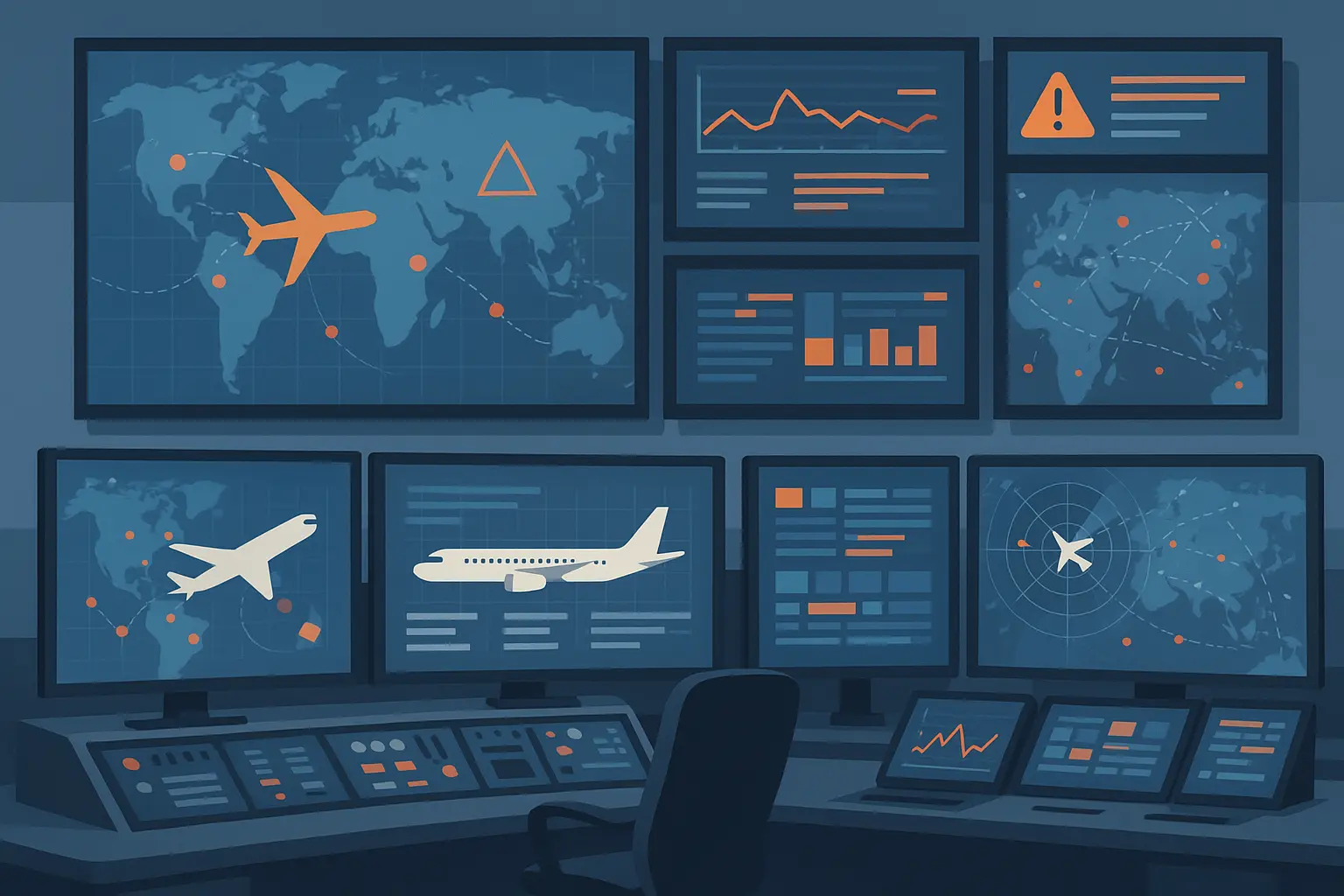
The brand recovery wasn’t about marketing campaigns – it was about demonstrating improved safety procedures, increased transparency in operations, and genuine commitment to preventing future tragedies. They invested heavily in additional safety training, upgraded their maintenance procedures, and became more open about their safety protocols.
Their recovery strategy included enhanced safety training and operational procedures, increased transparency in safety reporting and communications, community engagement initiatives that demonstrated social responsibility, employee training programs that reinforced safety culture, and technology investments that improved operational safety margins.
COVID: The Ultimate Stress Test
When COVID hit and basically shut down air travel overnight, AirAsia showed how quickly they could pivot. While other airlines were laying off staff and cutting routes, AirAsia was launching food delivery services, expanding their e-commerce platform, and turning their planes into cargo carriers.
The food delivery thing was genius. They already had a brand people trusted, logistics expertise, and a customer base stuck at home wanting restaurant food delivered. It wasn’t a huge leap to go from “we’ll fly you places” to “we’ll bring food to you.”
They also ramped up their cargo business, using passenger planes to move goods instead of people. Their route network and operational expertise translated perfectly to cargo operations, creating a revenue stream that kept them alive during the travel shutdown.
Recent developments show AirAsia’s continued innovation in unified communications, as “AirAsia has around 2,000 employees and operates scheduled domestic and international flights to more than 166 destinations in 25 countries” with enhanced customer service capabilities through advanced technology integration.
Their pandemic pivot included food delivery services leveraging their logistics capabilities, e-commerce platforms serving their existing customer base, financial technology solutions addressing digital payment needs, cargo services utilizing their aircraft and route network, and digital entertainment and content services for homebound customers.
What Any Business Can Learn
The AirAsia story isn’t just about airlines – it’s about understanding your market better than anyone else and building a business model that serves real customer needs.
Smart Expansion Strategies
AirAsia successfully adapted their core business model to different regulatory environments, cultural preferences, and economic conditions across Southeast Asia. They didn’t just copy-paste their Malaysian approach everywhere – they adapted while keeping their core advantages.
Their regional adaptation included local partnership strategies that provided market knowledge and regulatory compliance, cultural customization of marketing and customer service approaches, regulatory compliance frameworks that could adapt to different requirements, pricing strategies that reflected local economic conditions, and service modifications that respected cultural preferences and expectations.
Here’s how they approached different markets: In Malaysia, they built hub operations with premium positioning and strong regulatory relationships. In Thailand, they formed joint ventures with local partners and customized cultural marketing. In Indonesia, they took a price-sensitive market approach and utilized secondary airports. In the Philippines, they focused on mobile-first customer engagement and integrated local payment methods. In India, they went with ultra-low-cost positioning and developed regulatory compliance expertise.
Technology That Actually Matters
AirAsia’s approach to integrating new technologies while maintaining cost efficiency provides a practical framework for digital transformation. Their technology integration strategy focused on solutions that improved both customer experience and operational efficiency, ensuring that technology investments delivered measurable returns.
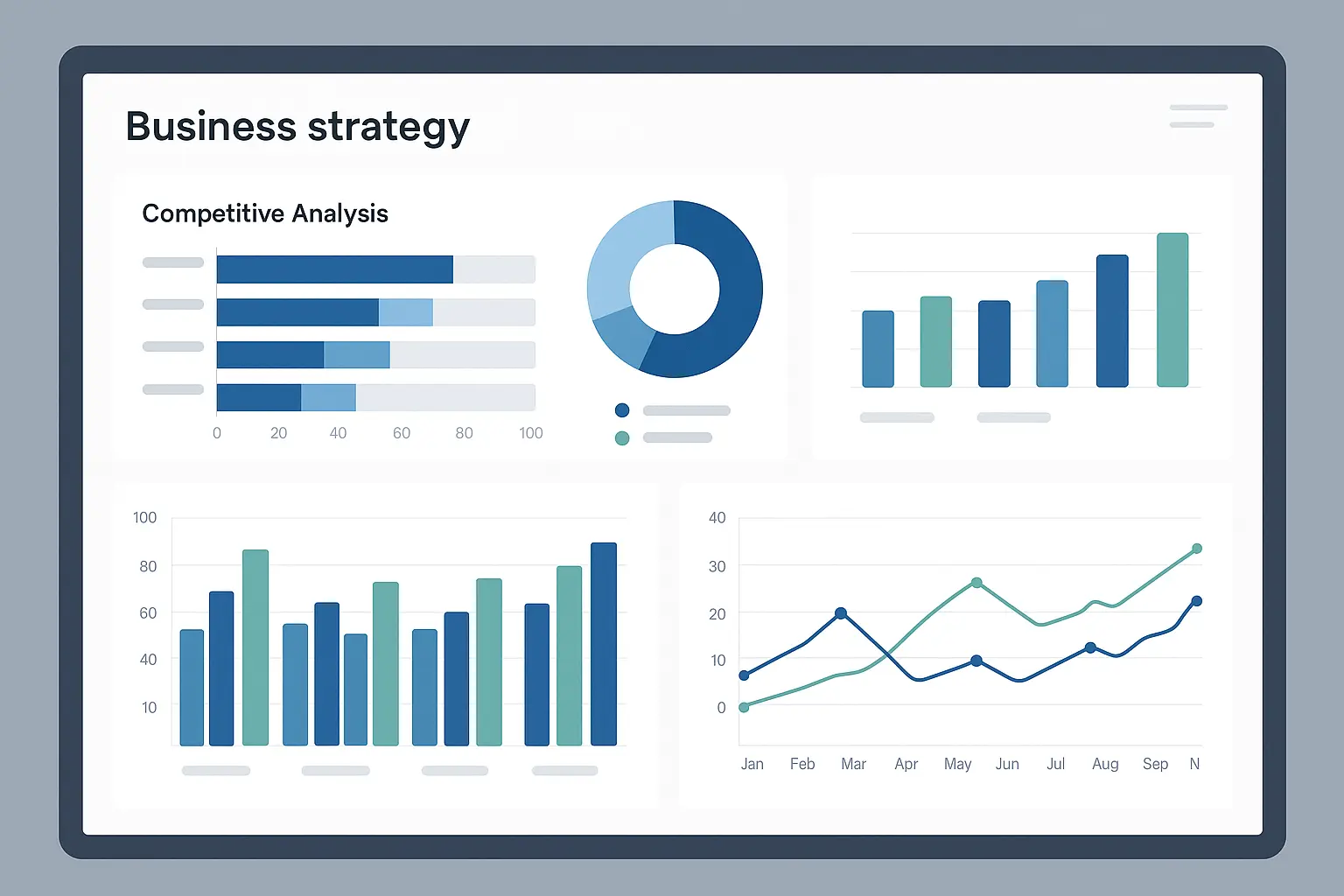
They implemented technology through phased rollouts that minimized operational disruption, employee training programs that ensured effective technology adoption, performance measurement systems that tracked technology ROI, vendor management strategies that maintained cost efficiency, and scalability planning that supported rapid growth.
AirAsia created automated campaigns that use real-time business metrics to turn marketing on and off automatically. When route load factors drop below target levels, search and display campaigns activate automatically without human intervention. This system reduced campaign setup time by 80% and improved ROI by connecting marketing spend directly to business needs, showing how automation can enhance both efficiency and effectiveness.
Building Sustainable Competitive Advantages
Their market leadership strategies included continuous cost optimization that maintained pricing advantages, customer loyalty programs that increased switching costs, operational excellence that competitors couldn’t easily match, brand building that created emotional connections beyond price, and innovation pipelines that maintained competitive differentiation.
Financial Performance and Smart Money Moves
Let’s talk about what all this strategy actually achieved. AirAsia’s financial journey shows how smart capital allocation, disciplined cost management, and revenue optimization enabled sustainable growth despite industry volatility and economic challenges.
Their sophisticated approach to measuring and optimizing return on investment across different business units reflects the principles outlined in our comprehensive ROI calculator guide, demonstrating how systematic financial measurement drives strategic decision-making.
How They Managed Money Smart
AirAsia’s IPO strategy and subsequent market performance illustrate how to position growth companies in public markets while maintaining founder control and strategic vision. Their public market approach showed how to access capital markets for growth funding while preserving the entrepreneurial culture and strategic flexibility that drove their initial success.
They achieved industry-leading cost per available seat kilometer through disciplined operational choices, strategic vendor negotiations, and continuous efficiency improvements. Their cost management approach created sustainable competitive advantages that became stronger as they achieved greater scale and operational experience.
Their revenue management systems included real-time demand forecasting that predicted booking patterns, competitive pricing analysis that maintained market positioning, customer segmentation that optimized pricing for different traveler types, seasonal adjustment algorithms that maximized revenue during peak periods, and inventory management that balanced load factors with profitability.
Regulatory Navigation Across Multiple Countries
Expanding across Southeast Asia meant dealing with different governments, aviation authorities, and regulatory frameworks in every country. AirAsia’s approach was to be proactive rather than reactive with regulators.
Instead of trying to work around regulations, they built relationships with aviation authorities and positioned themselves as partners in developing the aviation industry in each market. They shared safety data, collaborated on industry standards, and demonstrated that budget airlines could maintain high safety standards.
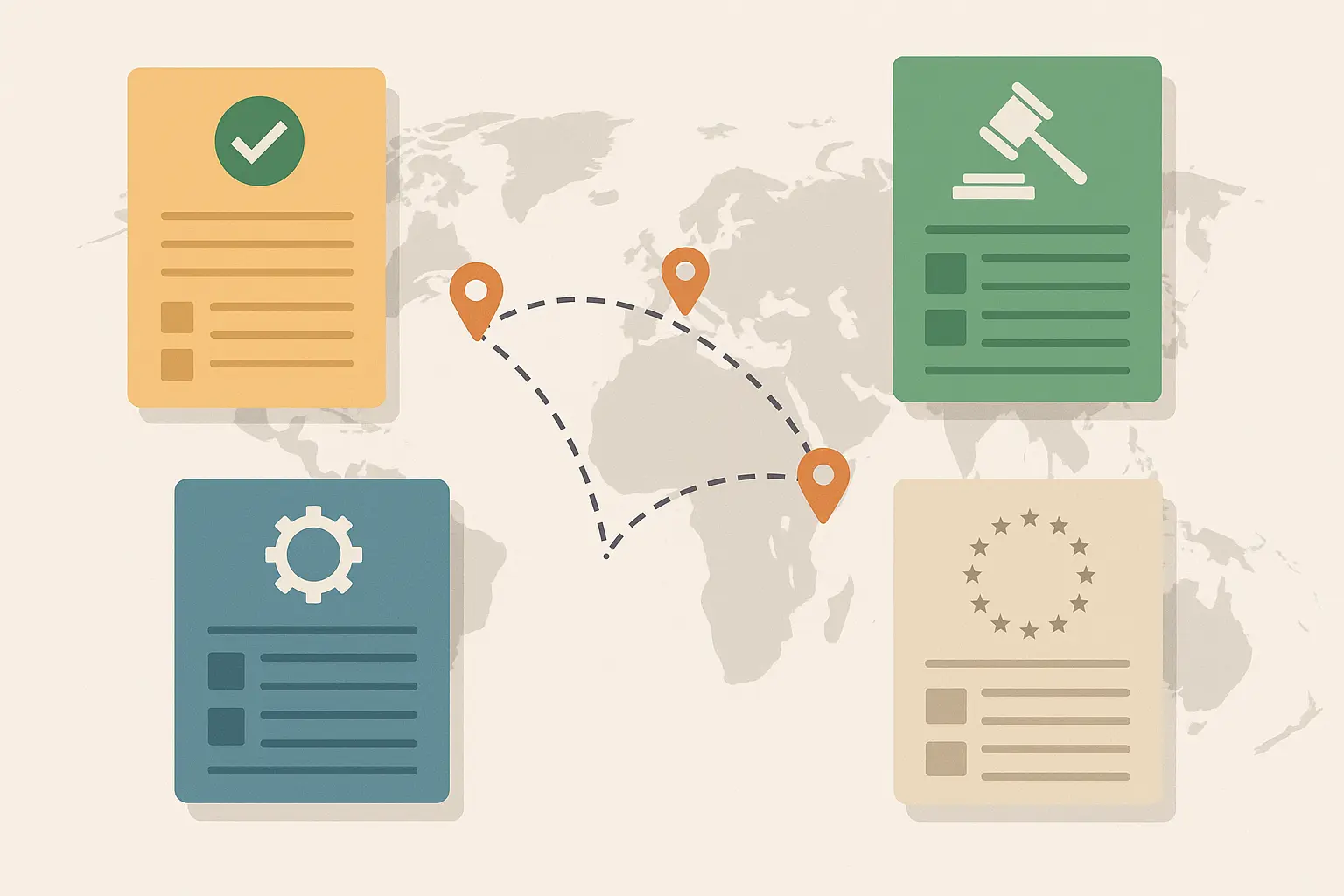
In markets where foreign ownership was restricted, they formed joint ventures with local partners who brought market knowledge and regulatory relationships. These weren’t just financial arrangements – they were strategic partnerships that helped AirAsia understand local customer preferences and business practices.
Their regulatory relationship approach included proactive communication with authorities about expansion plans and operational changes, transparency in safety reporting and incident management, collaboration on industry development and regulatory improvement initiatives, local expertise development that demonstrated commitment to each market, and consistent safety standards that exceeded minimum regulatory requirements.
Recent innovations in the air cargo sector highlight AirAsia’s continued evolution, as “Pan also shared a case study demonstrating how AirAsia successfully increased its air cargo revenue from $20 million to $200 million in just five years”, showcasing their ability to transform underutilized assets into significant revenue streams.
Your Action Plan: Making This Work for Your Business
Here’s how to apply AirAsia’s lessons to whatever business you’re in, without all the corporate jargon that makes your eyes glaze over.
Understanding how to identify and capitalize on high-impact opportunities requires systematic analysis similar to the methodologies covered in our guide to identifying high-impact business topics, which can help businesses discover underserved market segments like AirAsia did in Southeast Asian aviation.
Start with market research that goes beyond your current customers. Who’s not buying from your industry and why? What barriers exist that you could remove or lower? AirAsia found millions of people who wanted to fly but couldn’t afford it. What’s your equivalent?
Look for operational efficiencies that compound over time. AirAsia’s fleet standardization saved money on maintenance, training, and operations while improving flexibility. What processes in your business could be standardized to create similar efficiencies?
Embrace digital transformation, but focus on solving real problems rather than just following trends. AirAsia’s mobile-first approach worked because their customers were mobile-first. What technology would actually make your customers’ lives easier?
Build multiple revenue streams that serve your existing customers. AirAsia’s brand extensions made sense because they served the same budget-conscious travelers who were already flying with them. What adjacent services could you offer your current customers?
Prepare for crises by building operational flexibility and financial reserves. AirAsia survived COVID because they could pivot quickly to new revenue sources. How resilient is your business model to unexpected disruptions?
Create a brand that people actually care about, not just tolerate. AirAsia’s social media success came from understanding that people wanted to feel connected to brands that reflected their values and aspirations. How does your brand make customers feel?
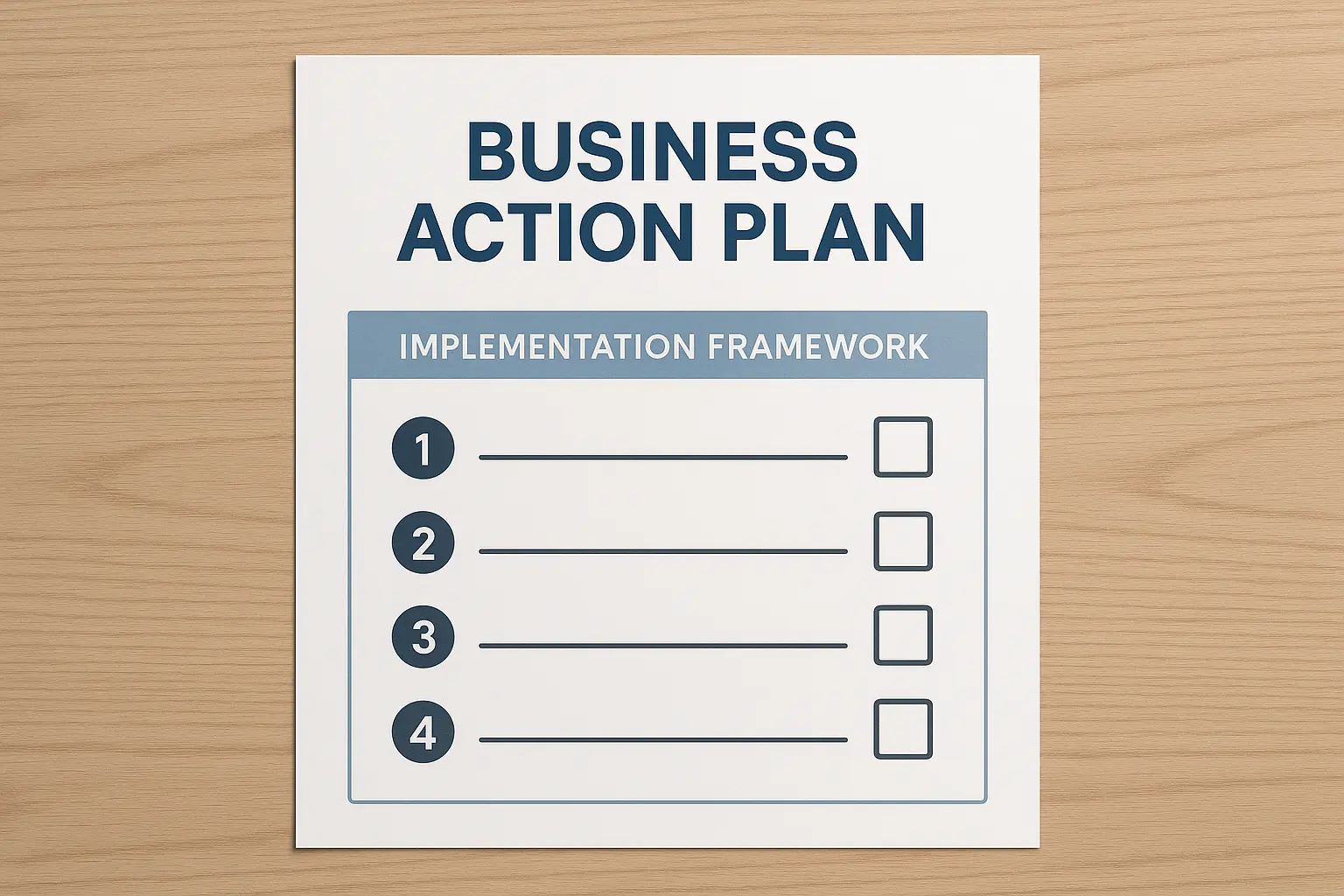
Here’s your crisis management checklist:
-
Set up a 24/7 crisis communication team (even if it’s just you and your phone)
-
Create contact lists for all your important stakeholders with priority levels
-
Write template communications for different crisis scenarios before you need them
-
Set up monitoring systems so you know about problems before they blow up
-
Train your team on crisis communication (transparency beats corporate speak every time)
-
Create backup procedures so your business can keep running when things go wrong
-
Build relationships with crisis management experts before you need them
-
Run crisis simulations regularly and update your plans
Digital marketing that actually works:
-
Focus on business metrics that align with your actual goals
-
Stop tracking vanity metrics that make you feel good but don’t drive results
-
Create real-time connections between your marketing and business operations
-
Track cost-per-business-outcome, not just clicks and impressions
-
Build automated systems that optimize campaigns based on business results
-
Get your marketing and operations teams talking to each other
-
Create feedback loops so you can continuously improve your approach
Want to implement data-driven marketing strategies that mirror AirAsia’s digital transformation success? The Marketing Agency specializes in performance-focused digital marketing that delivers measurable results. Our PPC services ($750-$5,000/month) and email marketing solutions ($1,200-$10,000/month) use the same data-driven approach that enabled AirAsia’s customer acquisition success. Ready to transform your marketing performance? We can discuss how to achieve sustainable growth through scientifically-backed marketing strategies.
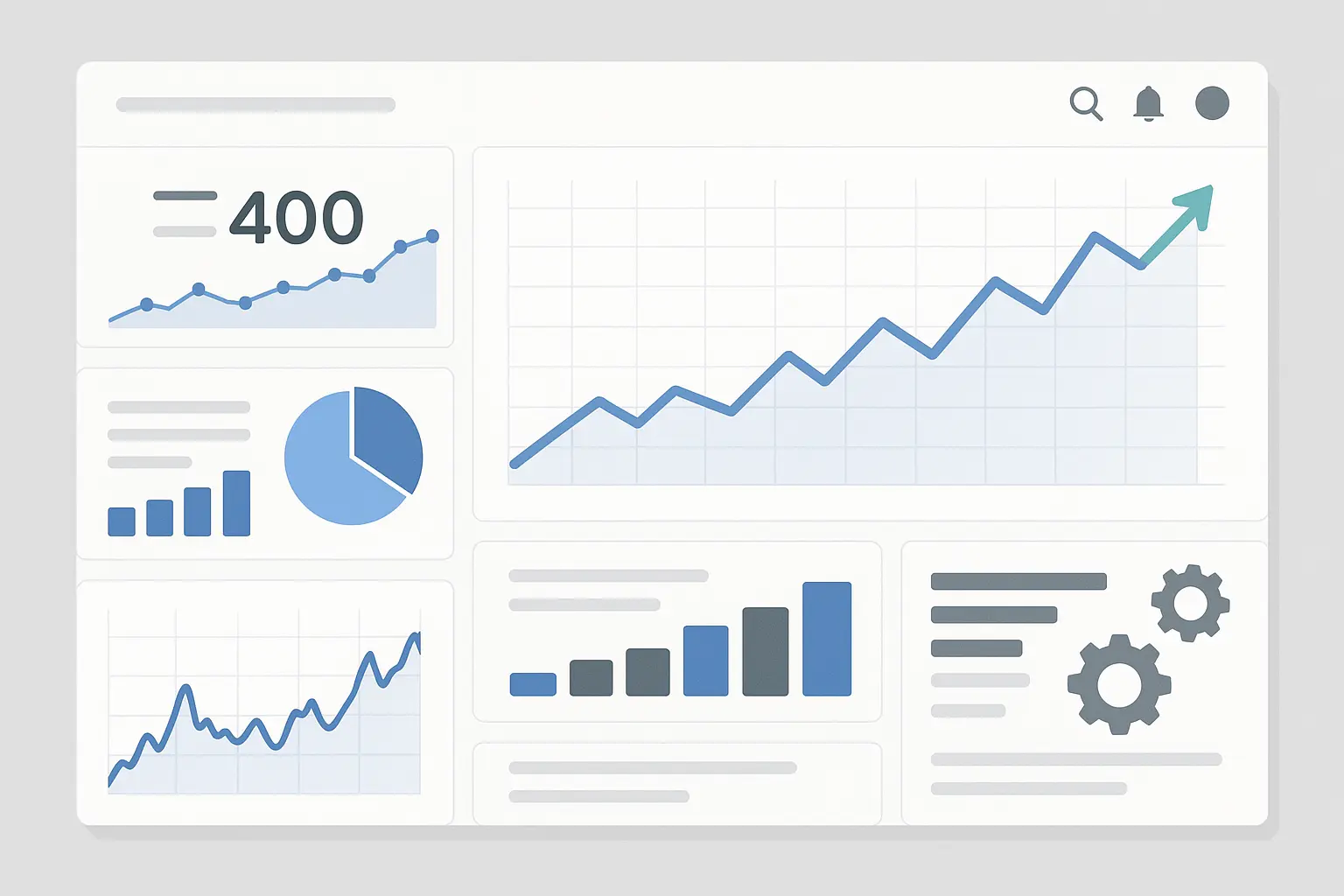
The Real Takeaway
The key insight from AirAsia’s success is that sustainable competitive advantage doesn’t come from one brilliant strategy – it comes from executing dozens of small strategies consistently over time. They didn’t revolutionize aviation overnight. They made hundreds of smart decisions that compounded into a business model their competitors couldn’t easily replicate.
Whether you’re running a tech startup or a local service business, the principles are the same: understand your market deeply, operate efficiently, embrace useful technology, build customer relationships, and stay flexible enough to adapt when the world changes.
AirAsia proved that budget doesn’t mean compromising on safety or service quality. Their mobile-first digital strategy captured the smartphone-dominant Southeast Asian market before competitors even realized what was happening. Revenue diversification beyond airline tickets created multiple income streams that sustained the business during crises. Data-driven pricing and personalization systems enabled them to optimize every aspect of customer acquisition and retention.
Their crisis management protocols focusing on transparency and stakeholder communication helped them navigate major challenges including Flight QZ8501 and COVID-19. Fleet standardization dramatically reduced operational costs while maintaining service consistency. Social media marketing excellence built emotional connections across diverse cultural markets throughout Southeast Asia.
That’s the real AirAsia playbook – not revolutionary innovation, but disciplined execution of customer-focused strategies that create value for everyone involved. They transformed Southeast Asian aviation by pioneering the low-cost carrier model and building a digital empire that fundamentally changed how people think about air travel.
The lesson here isn’t just about airlines – it’s about what happens when you truly understand your customers, build efficient operations, embrace the right technology, and stay adaptable enough to thrive through whatever challenges come your way.


